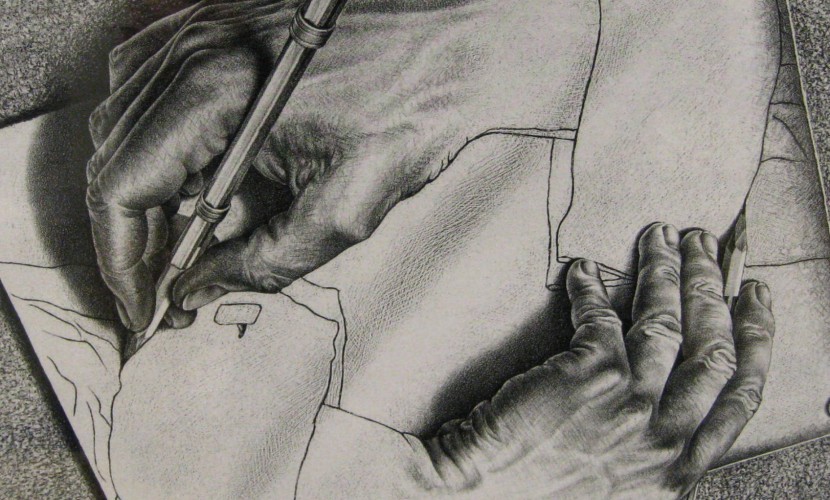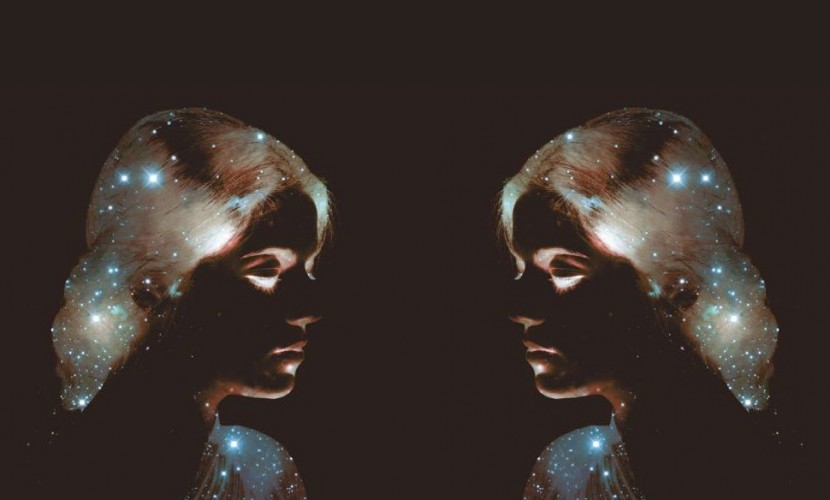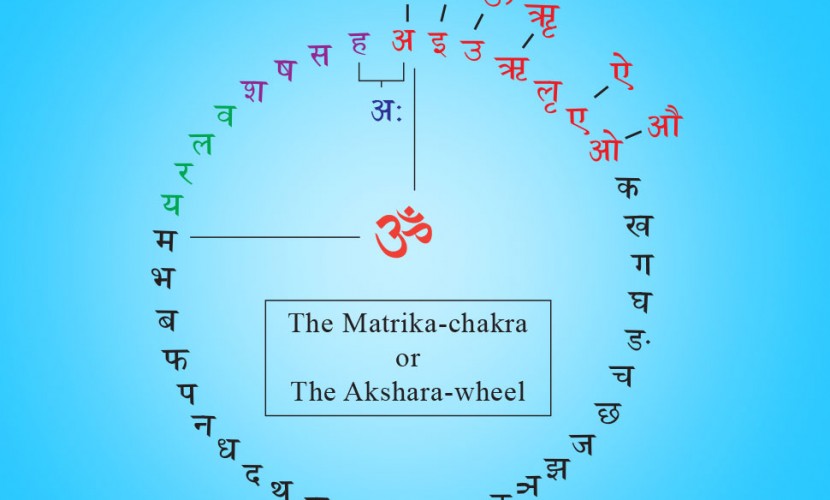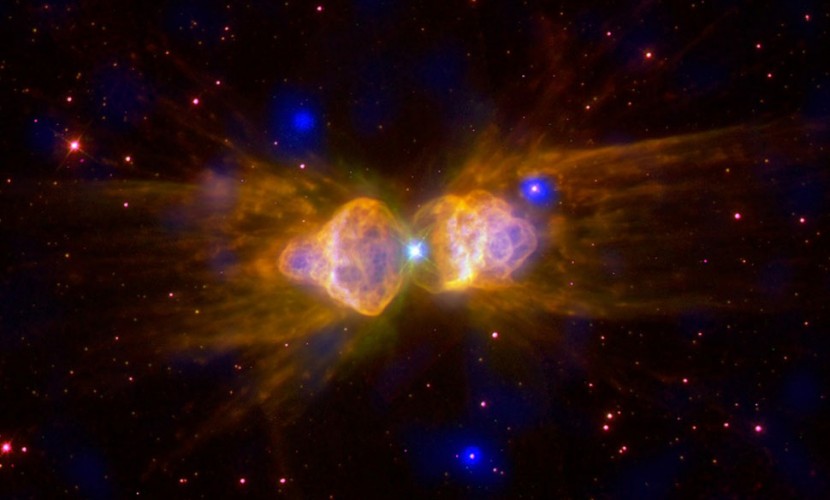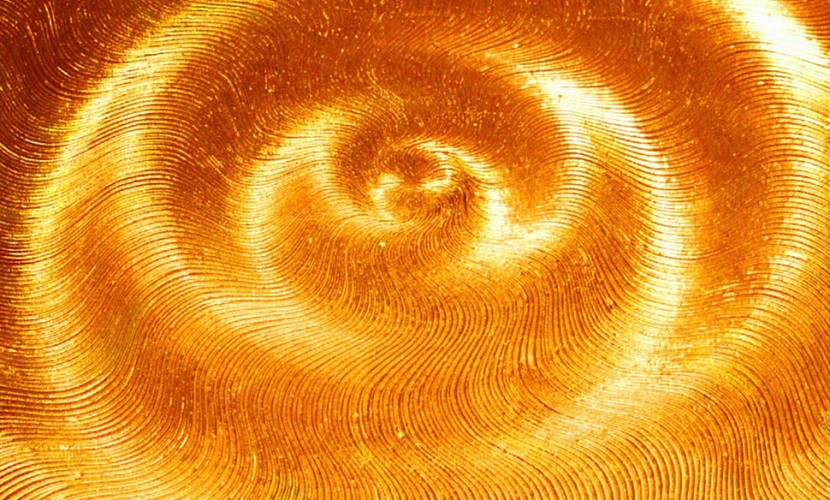Beyond the Universe; Rediscovering Ancient Insights R.K. Mishraji was born on this day, Sept. 28th, 1932. He would have been 78 years old today. It is my privilege to review his first book titled, Before the Beginning and After the End before an august audience, all who have been touched by his persona in some way or the other between the Beginning of his life, and its premature End. However, just as this title gives us a feeling of continuity similarly, we can even today sense Mishraji’s presence amongst us through his immortal words. He was a prolific writer, thinker, journalist, politician, and, few people knew that he was a Vedic scholar and a profound philosopher too. Based on the deep-rooted understanding of his Guru Shri Motilal Shastriji and before him Shri Madhusudan Ojhaji, Mishraji continued the scientific analysis of the Vedas in his four books in English.The material is so vast and the contents so extremely erudite that to do justice to even one volume in finite time is a difficult task. As we will see now, Before the Beginning and After the End is a text replete with Vedic revelations and thus Mishraji has qualified its title further as ‘Rediscovering […]
Millions of Indians chant the Shāntī Pāth or the peace invocation daily at the beginning and end of every satsangh, literally a gathering of truth-seekers. Such gatherings are commonplace among the populace where thousands assemble to listen to vedic discourses from Gurus of their choice. The Shāntī Pāth is placed at the beginning of the Iśavāsya Upanishad and in its extended form is the first shlöka of the 5th Adhyāy of the Brihadaranayak Upanishad . ! PaUNa-ma\ Ad:, PaUNa-ma\ [dma\ , PaUNaa-t\ PaUNa-ma\ ]dcyato. PaUNa-sya PaUNa-ma\ Aadaya , PaUNa-ma\ eva AvaiSaYyato . ! Saaint: Saaint: Saaint:. pūrnam adah, pūrnam idam, pūrnāt pūrnam udacyate pūrnasya pūrnam ādāya pūrnam evāvaśisyate. For our purpose here we take S.Radhakrishnan’s[1] explanation : That is full, this is full. From fullness fullness proceeds. If we take away the fullness of fullness, even then fullness remains. Aum (the syllable) is Brahman (who) is the ether, the primeval ether…. Swami Chinmayanandji[2] explains it as follows : That is Whole; this is whole; from the Whole the whole becomes manifest. From the Whole when the whole is negated what remains is again the Whole. Paul Deussen[3] translates it as: That is perfect and this is perfect, out of the […]
by Ravi Khanna “Science & Spirituality in Modern India” Feb. 5 – 7, 2006 The Big Picture for the Science of Consciousness INTRODUCTION The western study of consciousness has progressed very rapidly in the last century but it is still stuck in the mould of mind – body dualism. This is best brought out in the words of a recent Time magazine quote [1]…. “If you close your eyes and think about it for a while, as philosophers have done for centuries, the world of the mind seems very different from the one inhabited by our bodies. The psychic space inside our heads is infinite and ethereal; it seems obvious that it must be made of different stuff than all the other organs. Cut into the body, and blood pours forth. But slice into the brain, and thoughts and emotions don’t spill out onto the operating table. Love and anger can’t be collected in a test tube to be weighed and measured. René Descartes, the great 17th century French mathematician and philosopher, enshrined this metaphysical divide in what came to be known in Western philosophy as mind-body dualism. Many Eastern mystical traditions, contemplating the same inner space, have come […]
vaNa- iva&anaBaaYyaM (The Metaphysics of the Sanskrit Alphabet) by Ravi Khanna gee_kay@vsnl.com The Circle of Life by M. C. Escher Paper presented at the International Seminar on SABDA: TEXT AND INTERPRETATION IN INDIAN THOUGHT 2-4 February 2004 Organized by Centre of Linguistics and English, Jawaharlal Nehru University vaNa- iva&anaBaaYyaM (The Metaphysics of the Sanskrit Alphabet) I commence my talk with a quote from Dr. Kapil Kapoor’s paper – “Vivarta & Parināma – Bhartriharī`s Theory of Language” – 1996. He cites Rig Veda I.164.41 as follows … gaurih mimāya salilāni takśati ekpadī dwipadī sā catuspadī astāpadī navpadī babhūvusī sahasrāksarā parme vyöman “ Gauri is the symbol of vāk or speech, according to the shrutīs …. the real significance is that the principle of vāk creates or fashions out the manifold forms out of the waters of the infinite ‘ocean of reality’ … the parme vyöman. You cannot cut forms or draw lines in water, you can do that only in space but ; but reality like water is continuous, indivisible…” The word used here for ocean is salilâ which actually means the surging of waters, the expression here alludes to an agitated ocean, one in which the waves are being […]
Figure – Figure , by Scott E. Kim (Sketch, 1975) (Pg. 69 – “Gödel, Escher & Bach” by Douglas R. Hofstadter) presented to Indian Insitute of Advanced Studies, Shimla Seminar on INDIAN KNOWLEDGE SYSTEMS Gyān and Vigyān I applaud the Indian Institute of Advanced Study at this initiative of chikitsa in our present day education systems. The timing is very correct since our dependence on the Western system that we inherited from the British has run its full course. This very West today is tiring with its technologies and fragmented areas of specializations, looking seriously towards the East for alternative, holistic systems of knowledge. This is best summarized in a recent Time magazine[1] special issue article “Your Mind Your Body” – I quote, – ‘If you close your eyes and think about it for a while, as philosophers have done for centuries, the world of the mind seems very different from the one inhabited by our bodies. The psychic space inside our heads is infinite and ethereal; it seems obvious that it must be made of different stuff than all the other organs. Cut into the body, and blood pours forth. But slice into the brain, and thoughts and emotions […]
I introduced a Table 1 – Māyā_Dimensions in Appendix 8 . Here I would like to elaborate on this concept and present more details on how this table has come about. In this ‘form’ it does not exist in any present literature and has been actually enthused from a variety of sources/readings both from the western and eastern sides. In establishing this diagram I have tried to bring some method to a very large body of writings and concepts starting with the idea of dimensions from physics and integrating it with the idea of Māyā from early Hindu writings. We must keep in mind that we are stepping out here into ‘something of the Unknown’ and the only reassurance that I have had is that from time to time my various metaphysical and Vedic readings have fitted almost hand in glove with this picture. So, now, I would like to carry you step by step through this journey….The structure shown above is the first blank table that I put together based on the work of two authors, both from the field of parapsychology , attempting to integrate the diverse disciplines of university education into a new order, a novel synthesis […]


